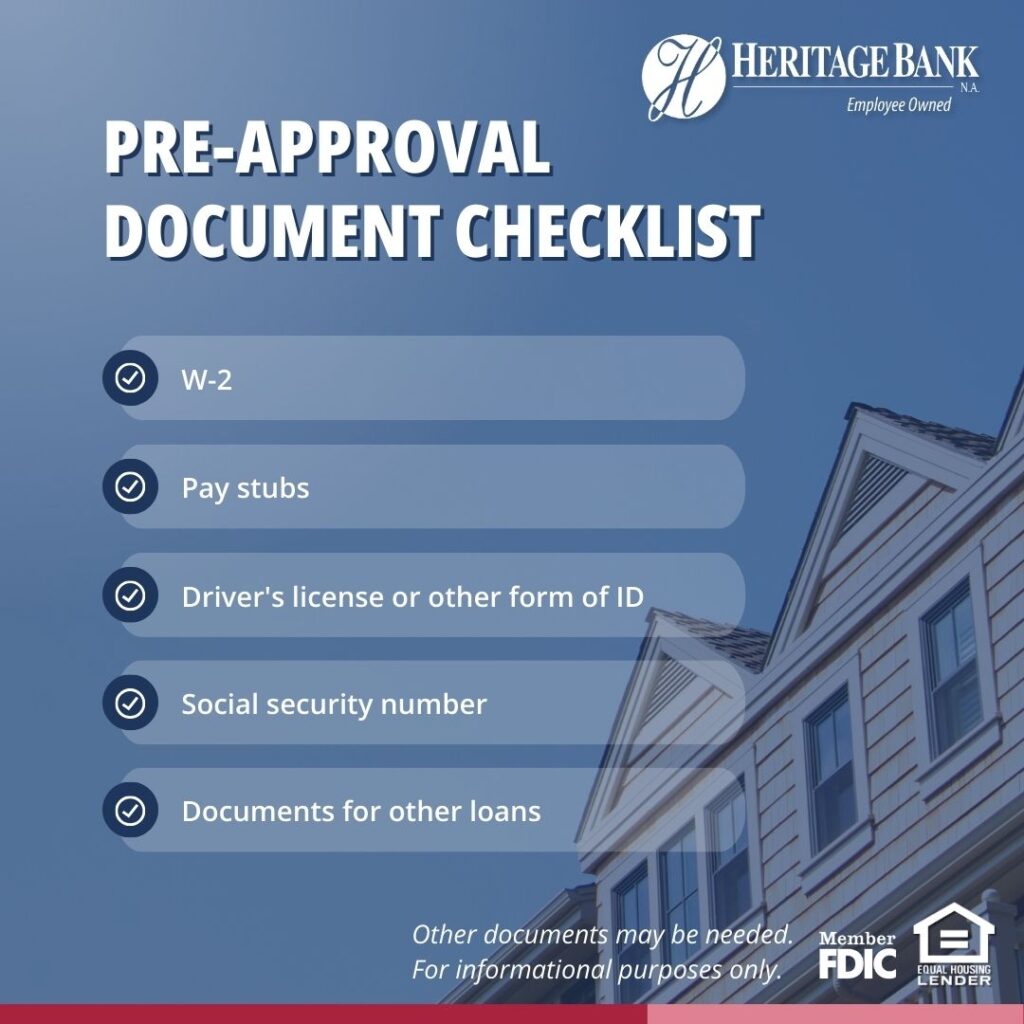Are you ready to start your home-buying journey but don’t know where to begin? Getting pre-approved for a mortgage is crucial when entering the real estate market. It gives you an idea of what kind of budget you can realistically work with. When you get to the offer stage, most sellers and real estate agents won’t even consider offers without a mortgage pre-approval letter.
Pre-approval vs Pre-qualification
Wondering what the difference is between pre-approval and pre-qualification? While both can help you gauge affordability, pre-approval carries more weight in the eyes of sellers. Pre-qualification is an initial assessment by a lender of creditworthiness based on the financial information you provided. Pre-approval is a more formal process.
Do pre-approvals affect credit?
As part of the pre-approval process, a lender will need to check your credit to determine your credit history and ability to repay the mortgage. Some lenders may pull a soft credit inquiry, which has no direct impact on your credit score. If a hard inquiry is required, it may cause your credit score to drop. This shouldn’t have a major impact on your credit, though.
What does it take to get pre-approved?
As part of the pre-approval process, your lender will be looking at proof of income and employment, as well as your credit history and debt. Be prepared to provide the following documents:
- W-2
- Pay stubs
- Driver’s license or other form of ID
- Social security number
- Documents for any other loans you have
Your lender will use this information to determine your debt-to-income (DTI) ratio, the percentage of your gross monthly income that goes toward your monthly debt payments, including an expected mortgage payment. The acceptable DTI varies based on the mortgage programs you qualify for. Some lenders like to see a DTI under 36%, with a mortgage payment making up no more than 28% of that debt.

What’s included in a pre-approval letter?
Once your lender has determined what you can afford, they’ll write up a pre-approval letter. Requirements for pre-approval letters vary by lender or location, but many will include:
- Property address
- Purchase price
- Loan amount
- Interest rate
- Down payment amount
- Contingencies, such as appraisal, maintaining employment, or sale of another property
- A statement that approval is subject to final underwriting review
Why include a specific property address?
You can get pre-approved for the total loan amount you can afford. When you submit an offer, though, it’s wise to include a pre-approval that’s specific to the property. This shows the seller that your lender has reviewed the specifics of the property and agrees that you can afford to buy that property.
It also helps in your negotiation with the seller. The seller only sees that you can afford their purchase price rather than the maximum that you can afford to borrow to buy any home.
How long is a pre-approval good for?
Most pre-approvals are valid for 60-90 days, but changes to interest rates can affect your pre-approval. If rates increase, your ability to afford the same loan amount may be affected. An experienced lender will keep you and your real estate agent informed of rate changes that could impact your pre-approval. If conditions remain the same, a lender can renew your pre-approval if you don’t have an accepted offer before the expiration date.
Do I need a proof of funds letter?
In addition to a pre-approval letter, a seller may request a proof of funds (POF) letter. Your lender can provide you with this document to confirm to the seller that you have enough funds to cover closing costs, down payment, and any cash offer you make.
The homebuying process can be overwhelming. Getting pre-approved is key to making sure you know exactly what you can afford and making an offer. Set yourself up for success by getting pre-approved with one of our experienced mortgage loan originators. For informational purposes only. Heritage Bank NA is an Equal Housing Lender. All loans subject to credit approval.






